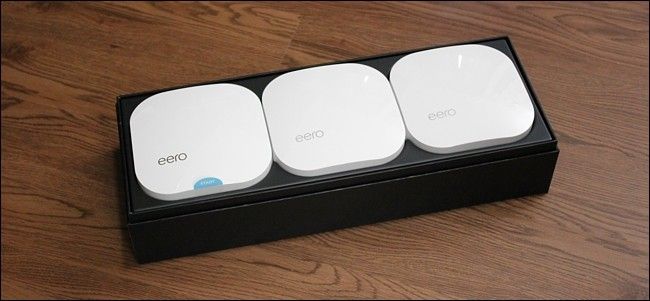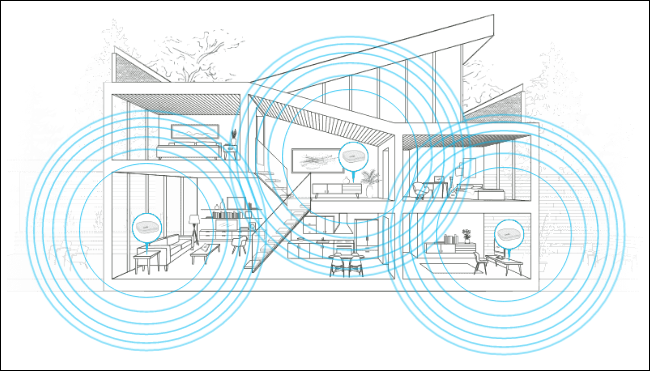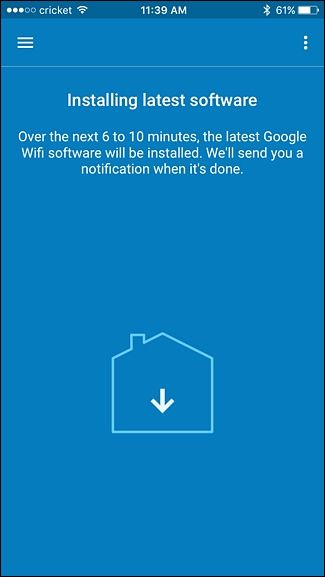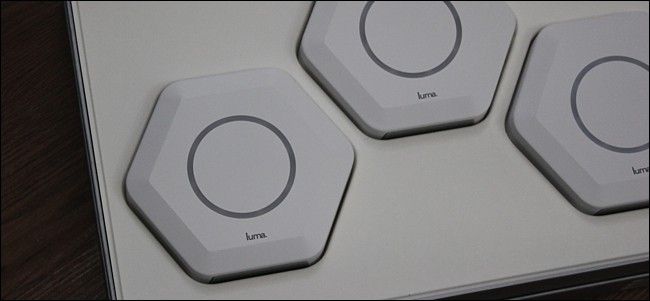Quick Links
You're considering a mesh Wi-Fi network, because you're sick of that one spot in your house not getting any reception. But does the convenience of these systems come with the same security as other routers?
We understand why you might wonder this: mesh networks include multiple devices, and they're just as much smarthome devices as they are routers (and smart devices have come under a lot of scrutiny for security). In addition, such systems---like the Google Wi-Fi System or the Eero Home Wi-Fi System---tend to obscure advanced settings, which might affect the security settings you can toggle.
It leaves us wondering: how secure are mesh networks? Here's a quick rundown.
Encryption Is Identical to Other Routers
If you're worried about encryption, don't be: mesh Wi-Fi systems use industry standard levels of protection. We've explained what Wi-Fi security settings mean, but the basic summary is you should be using WPA2 with AES security. That's the exact specification major mesh Wi-Fi networks use at this point, and often they don't even offer any alternatives. This is a good thing: there's no reason to use anything but the most secure settings at this point.
A Centralized System With Automatic Updates
If you're currently using a single router, you might be considering purchasing a Wi-Fi extender to reach more spots in your house, or even using a PC as a repeater. And while that's not a bad idea, there's one thing to consider: you're now maintaining multiple different pieces of networking equipment.
This might be okay if you're the sort of person who loves thinking about networks, resolving conflicts, and tweaking things. If you're not, a mesh Wi-Fi network gives you multiple pieces of identical hardware that work well with each other, meaning you only need to configure one system.
More importantly, mesh Wi-Fi systems install security updates automatically, and to all pieces of your network. This means security flaws, like the KRACK vulnerability revealed a few months ago, will be patched across you're house without much intervention from you.
This is not the case if you've got a router and multiple extenders to maintain. You'd have to update the firmware on your router, then on each of your extenders, in order to lock things down. Mesh Wi-Fi networks are a lot easier to keep up-to-date, and keeping up to date is everything when it comes to security. Don't overlook this.
Easy to Configure with Good Safety Features
Tech enthusiasts know how to access their router's firmware: type the IP address and use the web interface to make changes. Most people, however, aren't really aware that you can configure your router, and that means that they never do.
Modern mesh Wi-Fi systems change that with easy-to-use smartphone apps. These make it simple for everyday users to do things like change WPA access codes, and make sure updates are being installed. Some even have easy-to-use parental control features, which can make the web a safer place for kids.
All of this helps keep you secure, but traditional router setups mean most people's interaction with their router is unplugging it and plugging it back in. Most people never touch their router's settings; a simple user interface can change that, which is a great thing for security.
Of course, friendly user interfaces aren't unique to mesh networks: many recent releases offer similar functionality. But mesh networks like Google Wi-Fi are the first to make managing multiple access points this easy, which is a big plus over managing a router and an extender. Combine this with generally secure default settings and you've got a more secure setup than most.
Some Advanced Features Won't Be There
Of course, for advanced users, the opposite might be true, because some settings are missing entirely and most mesh systems. If you're the sort of user who swears by advanced security steps, like whitelisting MAC addresses, you might not love the stripped down user interface provided by Eero, Google Home, and other mesh Wi-Fi providers.
It's not relevant for the vast majority of users, but it's worth knowing about before making an expensive purchase. And there are workarounds: you can use an Eero in Bridge Mode, for example, and still have access to advanced functionality provided by your current router. Our advice: do your research before making a purchase.




